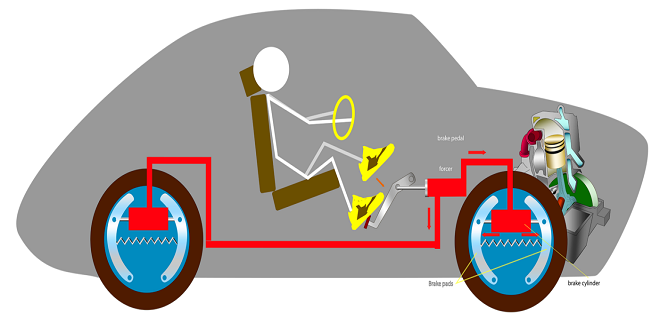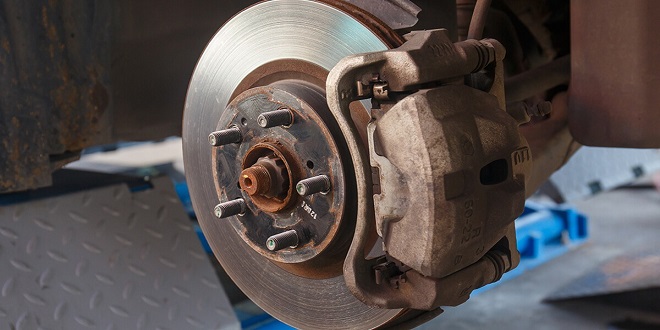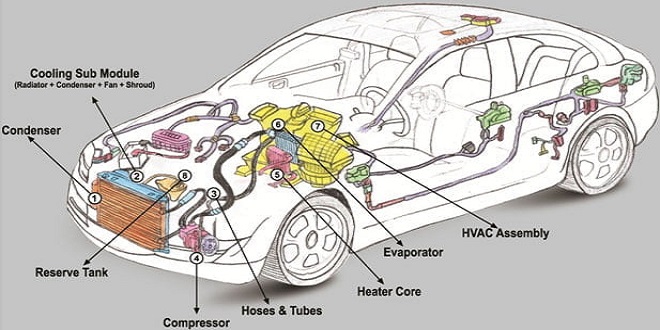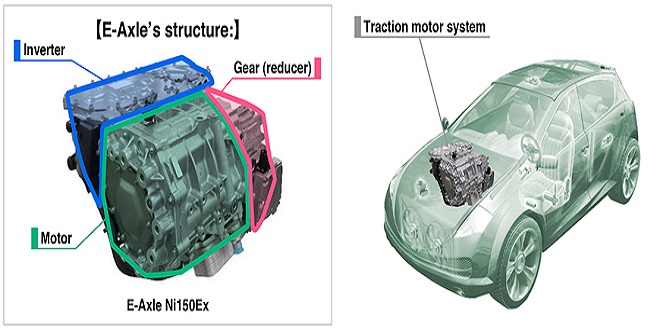Comfort and safety Seats, mirrors and sun-roofs
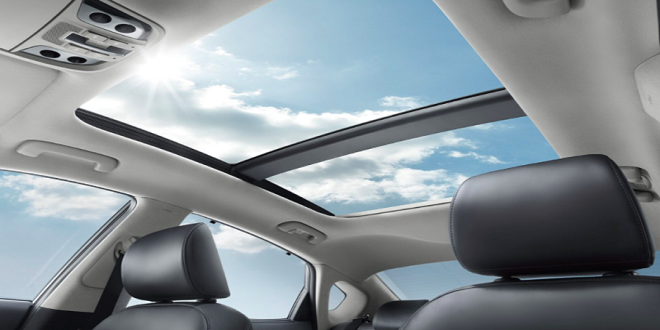
Introduction
The electrical movement of seats, mirrors, and the sunroof are included in one chapter as the operation of each system is quite similar. The operation of electric windows and central door locking is also much the same.
Fundamentally, all the above-mentioned systems operate using one or several permanent magnet motors, together with a supply reversing circuit. A typical motor reverse circuit is shown in When the switch is moved, one of the relays will operate and this changes the polarity of the supply to one side of the motor.
If the switch is moved the other way, then the polarity of the other side of the motor is changed. When at rest, both sides of the motor are at the same potential. This has the effect of regenerative braking so that when the motor stops it will do so instantly.
Further refinements are used to enhance the operation of these systems. Limit switches, position memories and force limitations are the most common
Electric seat adjustment
Adjustment of the seat is achieved by using a number of motors to allow positioning of different parts of the seat. Movement is possible in the following ways.
How’s a typical electrically controlled seat. This system uses four positioning motors and one smaller motor to operate a pump, which controls the lumber support bag. Each motor can be considered to operate by a simple rocker-type switch that controls two relays as described above. Nine relays are required for this, two for each motor and one to control the main supply.
When the seat position is set, some vehicles have set position memories to allow automatic re-positioning if the seat has been moved. This is often combined with electric mirror adjustment. Figure 16.3 shows how the circuit is constructed to allow position memory. As the seat is moved a variable.
Electric mirrors
Many vehicles have electric adjustment of mirrors, particularly on the passenger side. The system used is much the same as has been discussed above in relation to seat movement. Two small motors are used to move the mirror vertically or horizontally. Many mirrors also contain a small heating element on the rear of the glass. This is operated for a few minutes when the ignition is first switched on and can also be linked to the heated rear window circuit. shows an electrically operated mirror circuit, which includes feedback resistors for positional memory.
Electric sun-roof operation
The operation of an electric sun-roof is similar to the motor reverse circuit discussed earlier in this chapter. However, further components and circuitry are needed to allow the roof to slide, tilt and stop in the closed position. The extra components used are a micro switch and a latching relay.
A latching relay works in much the same way as a normal relay except that it locks into position each time it is energized. The mechanism used to achieve this is much like that used in ball-point pens that use a button on top.
Last word
The switch provides the supply to the motor to run it in the chosen direction. The roof will be caused to open or tilt. When the switch is operated to close the roof, the motor.

